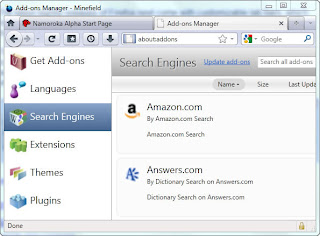
Samsung has updated its range of external hard drives with a new USB 3.0-ready version, aptly called STORY Station 3.0. Featuring ten-times the theoretical transfer speed of a conventional USB 2.0 drive, with a maximum transfer rate of 5Gbps compared to the 480Mbps of its predecessor, the STORY Station 3.0 has "been built for advanced users who demand fast transfer speed and data security without sacrificing design."
Of course, we don't expect to see such a speed burst over USB 2.0 in real world scenarios. StorageReview has put both models to the test and recorded maximum sequential read and write rates of 114MB/s and 106MB/s, respectively, with the USB 3.0 version compared to 35MB/s and 30MB/s on the USB2.0-equipped STORY Station. Performance on the newer drive varied quite a bit, though, dropping to around 53MB/s on occasions while the USB 2.0 remained constant.
Random 512K reads and writes also saw a twofold improvement with the newer interface, but the benefits of USB 3.0 began to dwindle when working with smaller files. Overall, the performance advantage of the STORY Station 3.0 over its older sibling was quite noticeable though.
The drive is available in 1, 1.5 and 2TB capacities, with suggested retail pricing of $154.99, $194.99 and $269.99 respectively. All models feature a three year warranty as well as three energy saving modes (idle, sleep and suspend) so that users can leave it on for extended periods without significant power draw.CTL has announced the launch of its new 2go Convertible Classmate PC NL2, which seems to be derived from the Classmate teased by Intel in March and is a successor to the "wildly popular" NL1. The ruggedized 10.1-inch netbook has a 1024x600 touchscreen and is powered by Intel's 1.66GHz Atom N450 processor.
Along with added screen real estate and processing power, the NL2 features up to 2GB of RAM, a shock mounted 160GB hard drive, a protective rubberized surface, rounded reinforced corners, a retractable carrying handle, and a water resistant, antimicrobial keyboard for sticky-handed youngsters. Other niceties include a 1.3-megapixel webcam that rotates up to 235 degrees.
The NL2 ships with either Windows XP or 7, and CTL offers an "education software stack" for academic individuals. Systems are currently available for preorder through CTL and authorized resellers with a base price of $499.






































